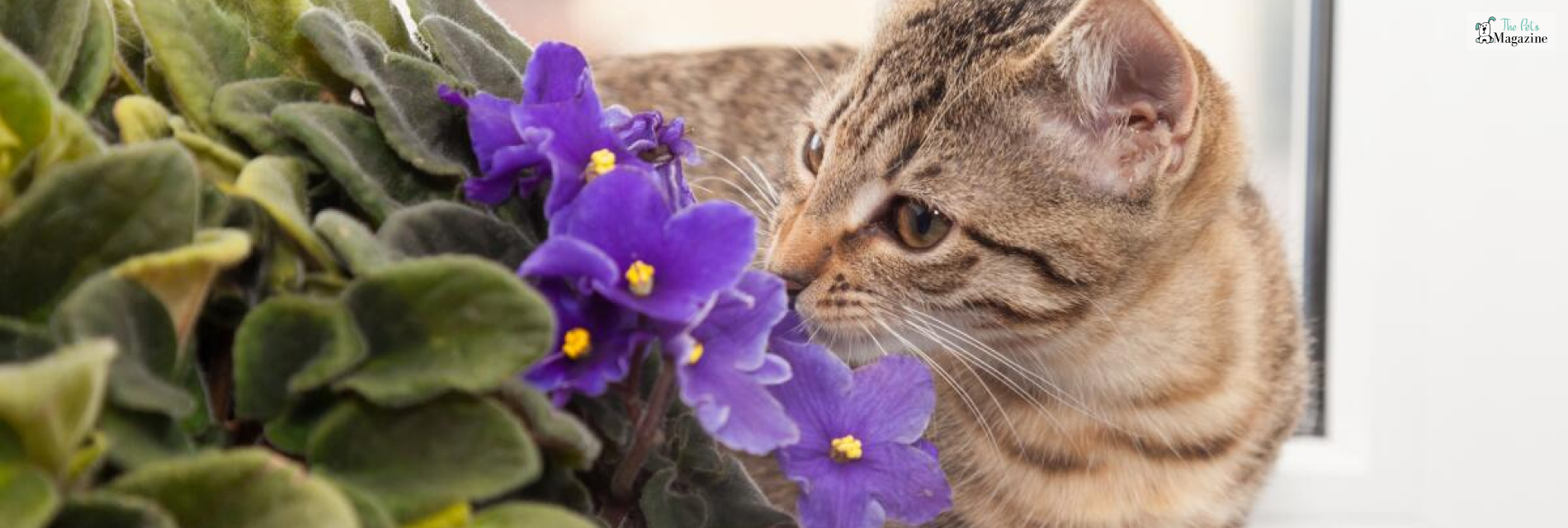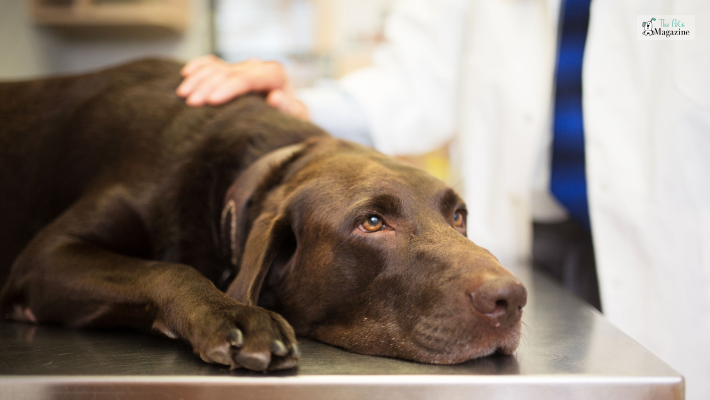List Of Common Holiday Plants Toxic To Pets


When it comes to decorating our homes for the holidays, Holly, Mistletoe, Ivy, Poinsettia, and, most importantly, the Christmas Tree are must-haves. These plants are used to brighten up our homes during the holiday season. But while these vibrant blooms help create a cozy holiday aesthetic for us, some of them can be quite dangerous for our four-pawed family members.
So, before you begin your holiday decorations this year, go through this article to learn about the common holiday plants that are toxic to pets for their safety and your peace of mind.
Common Holiday Plants Toxic To Pets

During the holiday season, several popular plants and flowers can be toxic to pets if ingested. Here are some common holiday plants that can be toxic to pets:
Poinsettia (Euphorbia pulcherrima)
Poinsettias, with its bright red petals, are quite popular during Christmas. But the plant has amassed a bad reputation that it is highly toxic for cats and dogs. However, the truth is that they are only mildly toxic and will very seldom lead to any fatal outcomes.
The white, milky sap present in the leaves and stems of Poinsettias contains complex diterpenoid euphorbol esters and steroidal saponins, which are natural detergents.
If your pet at home accidentally ingests the leaves or stems, then they may suffer from mild gastrointestinal upset. Some signs of poinsettia poisoning in pets include decreased appetite. Diarrhea, drooling, vomiting, lethargy. If the white, milky sap comes in contact with your pet’s eye or skin, it can cause eye and skin irritation.
Mistletoe (Phoradendron serotinum)
Mistletoe is a kind of parasitic plant that can be found growing on trees like oak, apple, and willow. The mistletoe is a traditional holiday decoration in the West and is generally hung over doorways. This practice goes back to the ancient times. During those times, Celtic druids (priests or magicians) believed that the plant wards off evil spirits and brings good luck.
The mistletoe may bring good luck for us humans, but the plant is certainly not good for our pets. The white, yellow, pinkish, and sometimes red berries growing on Mistletoe plants contain toxin compounds such as phoratoxins, viscotoxins, alkaloids, and lectins. These compounds, which are toxic for us and our pets, are present in other parts of the plant, too.
If these harmful chemical compounds are ingested in small amounts, they may cause slight gastrointestinal irritation. This includes abdominal pain, vomiting, and diarrhea. Some other symptoms of mistletoe poisoning are low blood pressure, difficulty breathing, reduced heart rate, erratic and the like. In severe cases, it can lead to fatal outcomes. So, take your pet to the vet if you suspect they have consumed mistletoe.
There are two varieties of mistletoe – the Viscum album (European variety) and the Phoradendron serotinum (American variety). The american variety is slightly less toxic than the European one.
Pine Needles
Generally, Spruce, Fir, or Pine trees are used as Christmas trees during the holiday season. The Pine Tree leaves are thin and pointed like needles, so they are commonly referred to as pine needles. If ingested, pine needles can cause a lot of health problems for our pets. While they are not toxic in nature, the needles have sharp points. The points may irritate and puncture the soft lining of your dog or cat’s stomach, which can then cause abscesses and infections.
Ingesting a large number of needles or sharp pieces may potentially cause more significant issues. This includes issues such as gastrointestinal blockages, vomiting, loss of appetite, and abdominal pain.
Therefore, if you are getting a pine tree, then keep an eye on your pets. Make sure that they don’t go near the pine Christmas tree or any fallen pine needles.
Lilies
Lilies are a popular holiday plant because of their sweet fragrance and beautiful bloom. They are commonly used to decorate houses or given as gifts during Christmas and Easter. However, they are toxic for pets. So, if you are looking to add lilies to your holiday decorations, then make sure to keep them away from your pets.
Are Lilies Toxic To Cats?
Lilies are highly toxic to cats, and exposure to the plant can cause severe kidney damage. Moreover, ingesting even a very small piece of any part of the lily plant can be fatal for cats.
Some of the signs of lily poisoning in cats are vomiting, lethargy, drooling, decreased appetite or refusing food, excessive thirst, dehydration, diarrhea, and disorientation.
The specific types of lilies that are particularly dangerous for cats include Easter lilies, Tiger lilies, Day lilies, Oriental lilies, Asiatic lilies, Wood lilies, etc.
We do not yet know which toxin in lilies causes such a severe reaction in cats. As a result, there is no antidote for lily poisoning. However, vets will prescribe supportive care if the toxin ingestion is detected early.
Are Lilies Toxic To Dogs?
While lilies are highly toxic to cats, they are generally less toxic to dogs. Ingestion of lilies by dogs may cause excessive drooling, decreased appetite, and gastrointestinal upset, including vomiting and diarrhea.
Some of the varieties of lily that are toxic to dogs are Peace Lily, Calla Lily, Lily of the Valley, and Prairie Lily. Peace Lily and Calla Lily contain calcium oxalate crystals. Hence, chewing any portion of these two lily plants can cause irritation in the mouth area.
If you suspect your pet has ingested any potentially toxic plants, it is best to contact your veterinarian immediately. You can also call an animal poison control hotline immediately for guidance. They can provide specific advice based on your pet’s situation.
What Should You Do If A Pet Ingests Any Of The Common Holiday Plants By Mistake?

Almost all pet parents will agree that our four-pawed family member, be it a dog or a cat, has a secret talent for getting into and landing themselves into those very things that are dangerous and toxic for them.
So, no matter how cautious one is or how many safety measures one adopts, accidents can happen. So it’s best to know what to do in case our pet ingests common holiday plants by mistake.
The first thing that you should do when you discover your pet has ingested something dangerous is immediately remove your dog or cat from the harmful substance. Remember not to throw away the harmful substance, as you may need to show it to the vet.
After removing your pet from the harmful substance, observe them carefully for signs and symptoms of poisoning. If your pet is displaying signs of toxic ingestion, then you should call your vet immediately. Depending on the symptoms and how much of the plant your dog or cat has consumed, your vet may ask you to bring them to the vet’s clinic. They may also ask you to induce vomiting. So you need to learn how to make your dog throw up at home.









Leave A Comment